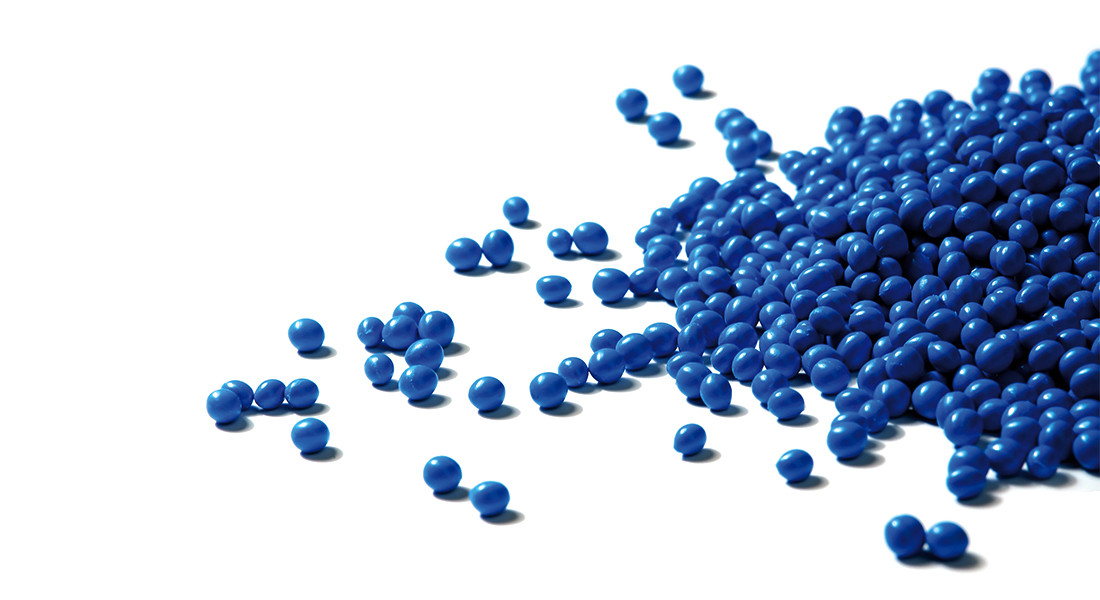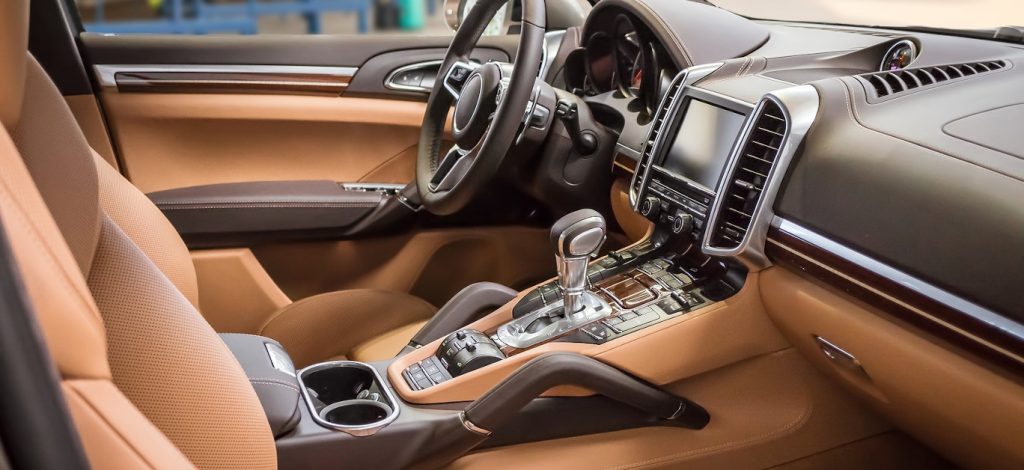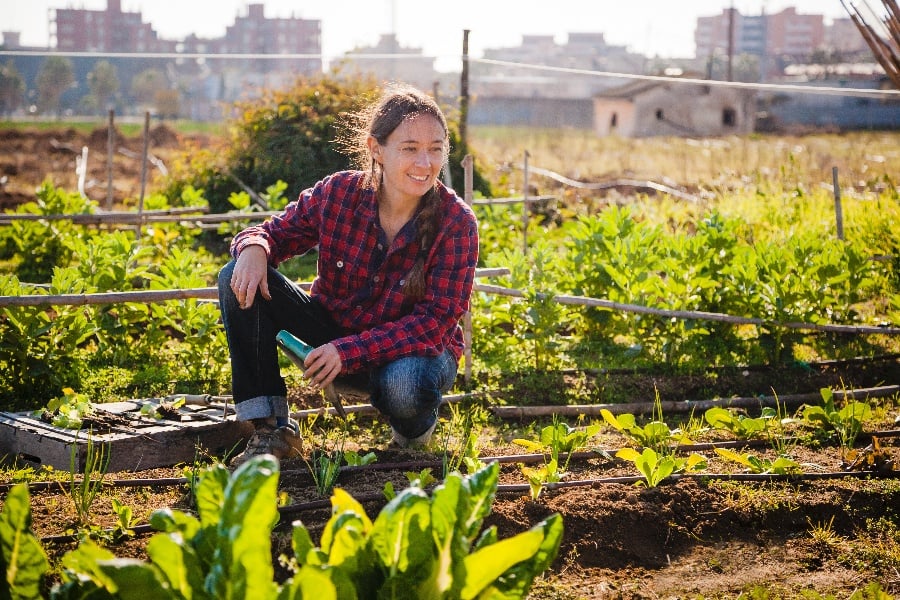Introduction
Thermoplastic Vulcanizate (TPV) is a specific subset of Thermoplastic Elastomers (TPEs). It stands out because of its unique manufacturing process involving vulcanization, a chemical procedure that strengthens the material by linking polymer chains. This enhances TPV’s tensile strength and elastic properties, making it a distinctive and valuable material in the broader category of TPEs.
This type of Thermoplastics is created by blending a thermoplastic matrix, often derived from polypropylene, with a vulcanized rubber phase, typically Ethylene Propylene Diene Monomer (EPDM). This intricate fusion results in a material with heightened physical properties. TPV’s composition makes it exceptionally well-suited for applications demanding increased durability, resilience against diverse weather conditions, and inherent flexibility, contributing to its widespread use across various industries.
In automotive engineering, This type of Thermoplastics finds extensive application in critical components like weather seals and gaskets. Its effectiveness in such demanding environments underscores its importance. Essentially, TPV, through the judicious application of vulcanization, represents a refined class of thermoplastic elastomers designed to meet exacting performance standards. Both TPEs and TPVs offer intrinsic advantages, including processability, flexibility, and recyclability, making them indispensable materials across diverse industrial applications.

In the dynamic field of materials science, the emergence of Thermoplastic Vulcanizates signifies a revolutionary fusion of traditional rubber and thermoplastics. Recognizing TPV’s significance across diverse industries is crucial. Its adaptability has positioned it as a cornerstone in applications ranging from automotive components to construction materials. This type of Thermoplastics’s unique role as a versatile thermoplastic elastomer has sparked widespread interest, setting the stage for an in-depth analysis of its composition, properties, and practical applications across various industrial sectors.
Advantages of TPV Over Traditional Materials
The advantages of Thermoplastic Vulcanizate over traditional materials are multifaceted, encompassing a range of superior properties that make it a preferred choice in various applications. Here are some key advantages of TPV over traditional materials:
-
Enhanced Durability:
- This type of Thermoplastics exhibits superior durability compared to traditional materials, ensuring prolonged service life in demanding environments. Its resistance to wear and tear makes it particularly suitable for applications requiring long-term reliability.
-
Weather Resistance:
- TPV demonstrates excellent resistance to weathering, including exposure to UV radiation, extreme temperatures, and other environmental conditions. This resilience makes it ideal for outdoor applications where traditional materials may degrade over time.
-
Flexibility and Elasticity:
- One of the hallmark advantages of this type of Thermoplastics is its exceptional flexibility and elasticity. It can withstand deformation and return to its original shape, making it suitable for applications that require dynamic movement and flexibility, such as seals and gaskets.
-
Processability:
- TPV can be processed using standard thermoplastic manufacturing techniques, offering ease of processing and versatility in design. This advantage simplifies production processes, reduces manufacturing costs, and allows for the creation of intricate and complex shapes.
-
Weight Reduction:
- This type of Thermoplastics is often lighter than traditional materials such as metal or rubber, contributing to weight reduction in various applications. This is particularly significant in industries like automotive, where lightweight materials can enhance fuel efficiency.
-
Chemical Resistance:
- TPV exhibits resistance to a wide range of chemicals, including oils, greases, and certain solvents. This chemical resistance makes this type of thermoplastic suitable for applications in industrial settings where exposure to various substances is common.
-
Recyclability:
- This type of Thermoplastics is recyclable, aligning with the growing emphasis on sustainability and environmental responsibility. The ability to recycle TPV contributes to reducing overall environmental impact and supports circular economy initiatives.
-
Versatility in Applications:
- TPV’s unique combination of properties makes it versatile in a broad spectrum of applications. From automotive components to consumer goods and industrial equipment, This type of Thermoplastics finds utility in diverse sectors, showcasing its adaptability.
In summary, the advantages of TPV over traditional materials lie in its enhanced durability, weather resistance, flexibility, processability, weight reduction, chemical resistance, recyclability, and versatility, making it a preferred choice for various industries seeking high-performance materials.
Applications of TPV in Industry
Thermoplastic Vulcanizate finds a wide range of applications across diverse industries due to its unique combination of properties, including durability, flexibility, and weather resistance. Here are some notable applications of TPV in various industrial sectors:
-
Automotive Industry:
- TPV is extensively used in the automotive sector for applications such as weather seals, gaskets, and exterior trim components. Its durability and weather resistance make it well-suited for withstanding the challenging conditions in automotive environments.

-
Construction Sector:
- In construction, TPV is employed for manufacturing architectural profiles, window seals, roofing membranes, and other weather-resistant components. Its ability to withstand UV radiation and extreme weather conditions makes it a preferred material in building applications.
-
Consumer Goods:
- TPV is utilized in the production of various consumer goods, including grips on hand tools, kitchen utensils, and soft-touch components in electronic devices. Its flexibility and tactile properties enhance the user experience in consumer products.
-
Electrical and Electronics:
- In the electrical and electronics industry, TPV is employed for cable insulation, connectors, and other components that require a balance of flexibility and durability. Its electrical insulating properties and resistance to environmental factors make it suitable for these applications.
-
Industrial Equipment:
- TPV’s robustness and resistance to chemicals make it suitable for various industrial equipment applications. It can be used in components such as seals, gaskets, and covers, providing both protection and flexibility in industrial settings.
-
Medical Devices:
- TPV’s biocompatibility and flexibility make it suitable for certain medical device applications. It can be used in seals, gaskets, and components where a combination of flexibility and hygiene is essential.
-
Sporting Goods:
- TPV is utilized in the production of sporting goods such as grips for racquets, handles for tools, and components in athletic equipment. Its durability and ability to withstand varying environmental conditions contribute to its popularity in sporting applications.
-
Appliance Manufacturing:
- TPV is employed in the manufacturing of components for household appliances. Its resistance to heat and flexibility make it suitable for applications such as seals, gaskets and handles in appliances like ovens, refrigerators, and dishwashers.
-
Aerospace Industry:
- In the aerospace sector, TPV can find applications in components that require a balance of lightweight properties, durability, and resistance to environmental factors. Its versatility makes it valuable in certain aerospace applications.
-
Renewable Energy:
- TPV is used in the renewable energy sector for applications such as seals and gaskets in solar panels. Its weather resistance and durability contribute to the longevity of renewable energy infrastructure.
These diverse applications underscore TPV’s versatility and effectiveness across multiple industries, where its unique properties cater to specific performance requirements in various environments and use cases.
TPV Manufacturing Process
The journey from raw materials to the final TPV product involves a meticulous manufacturing process. Blending, the initial stage, involves combining the thermoplastic matrix and vulcanized rubber phase. This blend is then subjected to a series of processing steps, including extrusion and molding, shaping this type of Thermoplastics into the desired form. The crucial vulcanization step follows, where cross-linking occurs, imparting enhanced mechanical properties to the material.
Understanding the intricacies of TPV manufacturing is paramount for industries incorporating it into their production processes. This section sheds light on the steps involved, emphasizing the significance of each phase in determining the final properties of the TPV material.
Key Properties of TPV
TPV’s appeal lies in its multifaceted properties that bridge the gap between thermoplastics and elastomers. Its exceptional elasticity, allowing it to recover its shape after deformation, makes it suitable for applications requiring flexibility. Simultaneously, its heat resistance, chemical inertness, and weather durability broaden its scope across diverse environments. The melt processability of TPV facilitates efficient manufacturing, enabling complex shapes and intricate designs.
Moreover, TPV exhibits excellent adhesion, ensuring secure bonding with various substrates. This property is particularly valuable in applications like over-molding, where TPV can bond with other materials, enhancing product functionality. Understanding these key properties provides a holistic view of TPV’s capabilities, guiding industries in leveraging its unique attributes for optimal results.
Environmental Considerations
Thermoplastic Vulcanizate (TPV) exhibits several environmental considerations that align with sustainable practices and contribute to reducing the overall environmental impact of materials. Here are key environmental considerations related to TPV:
-
Recyclability:
- TPV is recyclable, meaning it can be reprocessed and reused in new applications. This recyclability aligns with circular economy principles, reducing the demand for virgin materials and minimizing waste in landfills.
-
Reduced Environmental Impact:
- Compared to certain traditional materials, the production and use of TPV can result in a reduced environmental impact. Its durability and longevity contribute to extended product lifecycles, reducing the frequency of replacements and associated resource consumption.
-
Energy Efficiency in Processing:
- The processability of TPV using standard thermoplastic manufacturing techniques contributes to energy efficiency during processing. The lower energy requirements in manufacturing can lead to a reduced carbon footprint compared to processes that demand higher energy inputs.
-
Material Efficiency:
- TPV’s ability to achieve desired material properties with less material volume contributes to material efficiency. This efficiency minimizes resource consumption, making TPV a more sustainable choice compared to materials that require larger quantities for similar applications.
-
Potential for Bio-based Components:
- Some formulations of TPV may incorporate bio-based or recycled materials, further enhancing their environmental profile. The integration of sustainable sources in TPV formulations supports the shift towards more eco-friendly materials.
-
Emission Reduction in End-Use Applications:
- In certain applications, such as automotive components, where weight reduction is a priority, the use of TPV can contribute to lower fuel consumption and emissions. This indirect impact on emissions aligns with efforts to mitigate environmental pollution.
-
Landfill Impact:
- The recyclability and durability of TPV contribute to a potential reduction in the amount of material ending up in landfills. The longer lifespan and recyclability mitigate the environmental burden associated with waste disposal.
-
Compliance with Environmental Regulations:
- TPV formulations and manufacturing processes are subject to regulatory standards and environmental guidelines. Manufacturers often strive to ensure TPV products comply with environmental regulations, contributing to responsible and sustainable material practices.
While TPV offers several positive environmental considerations, it’s important to note that the overall sustainability of TPV depends on specific formulations, manufacturing processes, and end-of-life practices. Industries and manufacturers can further enhance the environmental profile of TPV by prioritizing the use of recycled content, exploring bio-based alternatives, and implementing responsible waste management practices.
8. Case Studies: Success Stories with TPV
Real-world applications underscore TPV’s transformative potential. Examining specific case studies offers a deeper understanding of how TPV addresses real challenges and elevates product performance. In the automotive realm, TPV-based weather seals have exhibited exceptional durability, maintaining flexibility even in extreme temperatures. These success stories extend to the construction industry, where TPV roofing membranes demonstrate resistance to UV radiation and harsh weather conditions, outperforming traditional materials.
Beyond these sectors, consumer electronics showcase TPV’s versatility. From soft-touch grips on hand tools to cable insulation in electronic devices, TPV’s unique properties enhance user experience and product longevity. Exploring these case studies provides tangible evidence of TPV’s adaptability and reliability across diverse applications.
Challenges and Innovations in TPV Development
While TPV has garnered acclaim, its development is not without challenges. This section delves into the obstacles faced in TPV research and production. Challenges may include optimizing the balance between hardness and flexibility, ensuring consistent quality in large-scale production, and addressing specific application requirements. However, ongoing innovations in TPV formulations, manufacturing techniques, and compatibility with other materials showcase the industry’s commitment to overcoming these challenges.
Highlighting recent advancements in TPV development provides a glimpse into the dynamic nature of materials science. Researchers and industry leaders continually refine TPV formulations to expand their capabilities, pushing the boundaries of what is achievable with this versatile material.
TPV in Emerging Technologies
The journey of TPV extends into the future, promising exciting developments and applications. This section explores potential advancements and emerging technologies where TPV could play a pivotal role. From advancements in additive manufacturing techniques to novel applications in emerging industries, TPV’s versatility positions it as a material poised for continuous innovation.
The integration of TPV in fields such as electric vehicles, 3D printing, and smart textiles exemplifies its potential to shape the technological landscape. As industries evolve, TPV’s adaptability ensures it remains at the forefront of material choices, contributing to advancements in diverse sectors.
Considerations and Tips
For businesses and individuals considering TPV for their projects, this section provides valuable insights. Understanding the specific considerations, such as the desired balance between hardness and flexibility, the intended application, and the processing requirements, is crucial. Tips on selecting the right TPV formulation, collaborating with experienced manufacturers, and conducting thorough testing ensure successful integration of TPV into diverse projects.
Navigating the selection process with informed decision-making empowers industries to harness the full potential of TPV for their unique applications. This section serves as a practical guide for those looking to leverage TPV’s benefits in their projects.
Conclusion
In conclusion, TPV stands as a testament to the continuous evolution of materials science. As industries seek materials that offer a harmonious blend of flexibility, resilience, and processability, TPV emerges as a frontrunner. The journey from understanding its composition and properties to exploring its applications across industries has showcased TPV‘s transformative potential.
Looking ahead, TPV’s future appears promising as it integrates into emerging technologies, addresses environmental considerations, and overcomes challenges through ongoing innovation. The impact of TPV extends beyond its current applications, influencing the trajectory of materials science and contributing to the development of more sustainable, versatile, and efficient solutions.
As industries embrace TPV for its unique attributes, the material is poised to shape the future of manufacturing, design, and innovation, leaving an indelible mark on the ever-evolving landscape of materials science.




